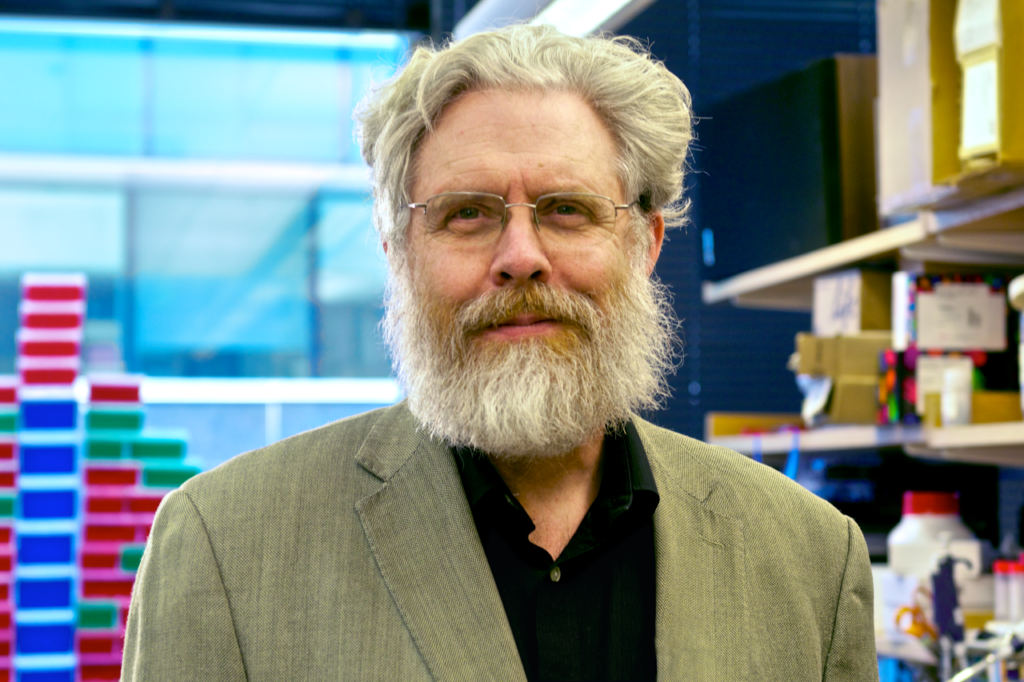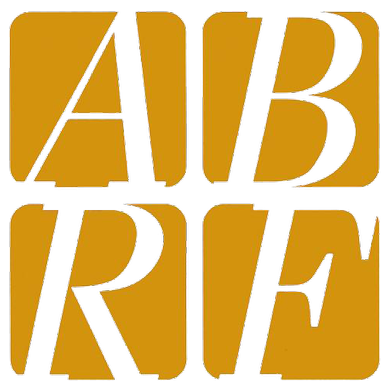2020 ABRF Award Recipient’s Presentation
March 2, 2020 in Palm Springs, California
Title: Technologies for Reading, Writing & Editing Omes
Summary: To achieve exponential improvements in cost and quality of DNA reading and writing (R&W) up to 10 million fold, we’ve introduced a series of NGS technologies (for example, fluorescent microscopy, nanopore and direct electronic measures). The next steps are extending these revolutions to other biomolecules and their functional impacts — reflected in ever increasing resolution in time and in spatial 3D structures (R&W). A key recurring concept (going far beyond ‘parallelism’) is ‘molecular multiplexing’ in which pools of hundreds to trillions of tagged molecular and cellular types are treated with the same effort as single unpooled reactions. Improvements in quality and resolution do not increase costs, indeed often reduce them. Applications include therapeutic editing, genetic matchmaking, synthetic organs, pan-virus resistance and in situ diagnostics. New approaches to protein design for novel sensors and delivery vehicles are emerging. Software and other interfaces with the public are key components of future revolutions.


